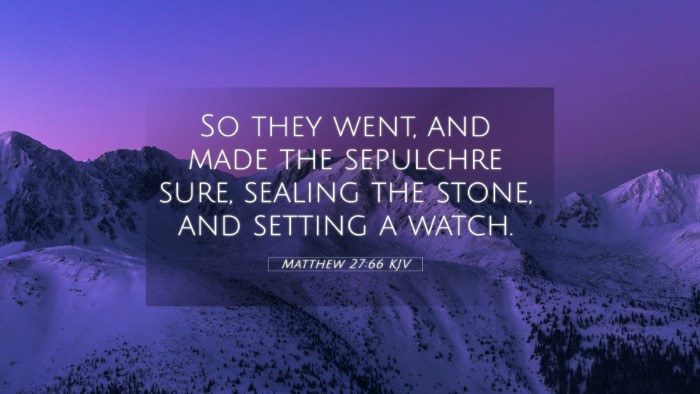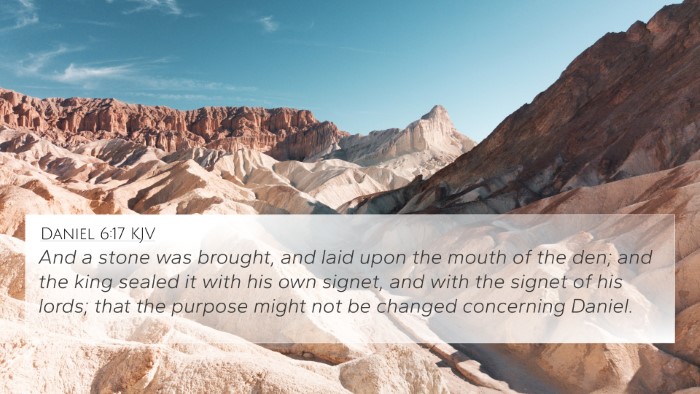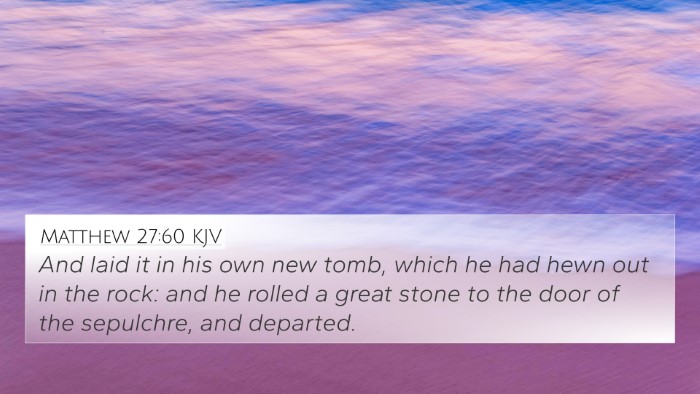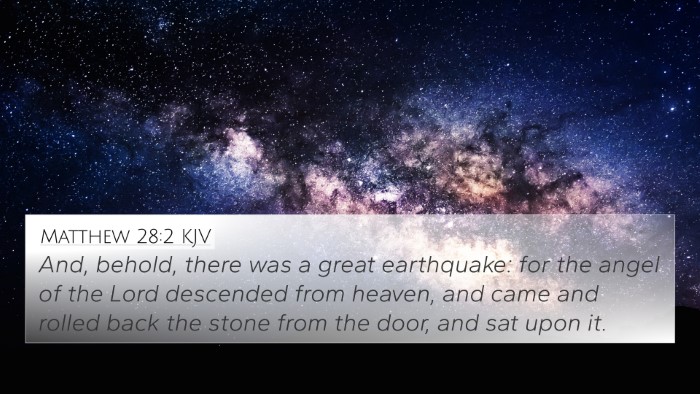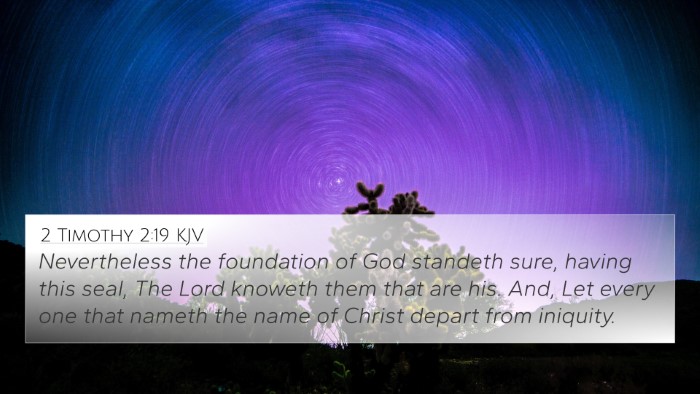Understanding Matthew 27:66
Verse: "So they went and made the tomb secure by sealing the stone and setting a guard." (Matthew 27:66)
Verse Meaning and Context
Matthew 27:66 captures a significant moment after the crucifixion of Jesus Christ, illustrating the desperate measures taken by the chief priests and Pharisees to secure Jesus’ tomb. This action is deeply intertwined with the events leading up to the resurrection, showcasing both the fears of those who opposed Jesus and the unfolding of divine prophecy.
Interpretation from Public Domain Commentaries
-
Matthew Henry:
Henry emphasizes that the sealing of the tomb and the placement of a guard exemplified the religious leaders' anxiety about the resurrection of Jesus. Their fears reflect the acknowledgment of His power, and despite their attempts to secure the tomb, they unknowingly participate in the fulfillment of prophetic scripture regarding Christ's resurrection.
-
Albert Barnes:
Barnes notes that the actions taken by the Pharisees reveal their disbelief and refusal to accept Jesus as the Messiah. The sealing of the stone was not just a physical act but a spiritual one, trying to prevent God's plan of salvation from manifesting, highlighting God’s authority over human efforts.
-
Adam Clarke:
Clarke points out that the sealing of the tomb was a symbolic gesture. It underscores the gravity of Jesus' death and the lengths to which the authorities would go to suppress the truth that many felt was threatening their power. The guard signifies their fears but ironically could not thwart the resurrection.
Thematic Connections to Other Bible Verses
Matthew 27:66 doesn't stand alone; it connects with several other verses, inviting deeper exploration through cross-referencing:
- Matthew 28:2-4: The angel rolling away the stone symbolizes the divine intervention that contradicts human attempts to secure the tomb.
- John 20:1: Mary Magdalene discovering the empty tomb highlights the fulfillment of Jesus’ promise of resurrection.
- Isaiah 53:9: Prophecy regarding Christ's burial reinforces the significance of His death in relation to the resurrection.
- Psalm 16:10: A prophetic declaration that underscores God’s promise that His Holy One would not see decay.
- Romans 6:4: Reflects on the power of resurrection, connecting the event with the theme of renewal and life in Christ.
- 1 Corinthians 15:55: Paul’s declaration about death's defeat interlinks with the consequences of Jesus’ resurrection.
- Mark 15:46: Describes the preparation of Jesus' body and connects geographically and contextually to His burial.
How to Use Bible Cross-References
Understanding Matthew 27:66 and its implications are enhanced through effective Bible cross-referencing. Here are methods and tools for deeper study:
- Utilize a bible concordance to find words and themes related to Matthew 27:66.
- Employ a bible cross-reference guide to explore parallel verses that enhance thematic understanding.
- Engage in cross-reference Bible study groups to discuss insights and interpretations with others.
- Make use of a bible reference resource to discover additional verses linked in context.
Conclusion
Matthew 27:66 offers profound insights into the events leading up to the resurrection of Jesus Christ. By examining the commentaries of Henry, Barnes, and Clarke, alongside others, we can enhance our understanding of this pivotal moment in the narrative of salvation. Through thematic Bible verse connections and a careful study of cross-referenced scriptures, believers can appreciate the depth and significance of Jesus’ victory over death.

